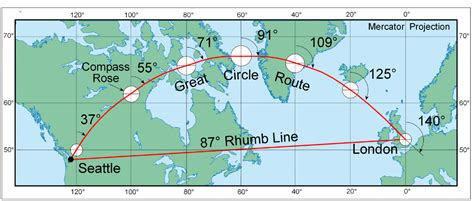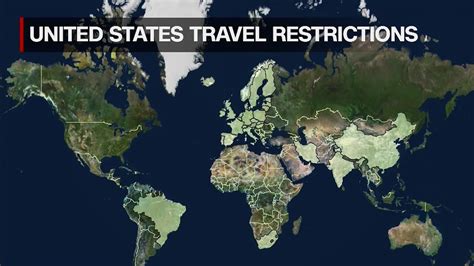How Big Is Greenland Compared To The United States

Greenland, the world's largest island, has often been a subject of fascination due to its immense size and unique geographical features. When comparing Greenland to the United States, it's essential to consider the vast differences in their land areas, populations, and economic profiles. Greenland, with a total area of approximately 2,166,086 square kilometers (836,330 square miles), is roughly three times the size of the state of Texas, which covers about 695,622 square kilometers (268,597 square miles). To put this into perspective, if Greenland were a state in the United States, it would be the largest state by land area, surpassing Alaska, which has a total area of about 1,717,856 square kilometers (662,300 square miles).
Size Comparison: Greenland vs. the United States

The United States, including its 50 states and various territories, spans a total area of approximately 9,833,517 square kilometers (3,805,927 square miles). Greenland, while significant in size, accounts for roughly 22% of the United States’ total land area. Despite its substantial landmass, Greenland’s population is minuscule compared to the United States. With a population of around 56,081 people, as of 2021, Greenland is one of the most sparsely populated regions globally. In contrast, the United States has a population of over 331 million people, as of 2021, making it one of the most populous countries in the world.
Key Points
- Greenland is approximately 2,166,086 square kilometers (836,330 square miles) in size, making it the world's largest island.
- The island is roughly three times the size of the state of Texas and would be the largest state in the United States if it were part of the country.
- Greenland's population is approximately 56,081 people, making it one of the most sparsely populated regions globally.
- The United States has a total area of approximately 9,833,517 square kilometers (3,805,927 square miles) and a population of over 331 million people.
- Despite its significant land area, Greenland's economy is predominantly based on fishing and tourism, with a GDP of around $3.2 billion, as of 2021.
Economic and Demographic Profiles
From an economic standpoint, Greenland’s economy is largely driven by fishing and tourism, with a Gross Domestic Product (GDP) of approximately 3.2 billion, as of 2021. The country's economy is also heavily subsidized by Denmark, which provides around 740 million annually. In contrast, the United States has a diverse and robust economy, with a GDP of over $22.67 trillion, as of 2021, making it one of the world’s leading economies. The significant disparity in economic output between Greenland and the United States can be attributed to factors such as population size, industrial diversity, and global trade relationships.
| Category | Greenland | United States |
|---|---|---|
| Land Area (km²) | 2,166,086 | 9,833,517 |
| Population (2021) | 56,081 | 331,449,281 |
| GDP (2021, billion USD) | 3.2 | 22.67 trillion |
| Main Industries | Fishing, Tourism | Service Sector, Manufacturing, Technology |

Environmental Considerations

Greenland’s unique geography also plays a crucial role in global environmental discussions, particularly concerning climate change. The island’s massive ice sheet, which covers about 80% of its land area, is a significant indicator of global warming trends. The melting of Greenland’s ice sheet contributes to sea-level rise, affecting coastal communities worldwide. In contrast, the United States, with its diverse geography and large population, has a more complex environmental profile, with issues ranging from deforestation to pollution, and plays a significant role in global environmental policy discussions.
Conclusion
In conclusion, while Greenland is notable for its size, being roughly three times the size of Texas and larger than the state of Alaska, its population and economic output are minuscule compared to the United States. The comparison between these two entities highlights the complexity of evaluating regions based on size alone, emphasizing the importance of considering demographic, economic, and environmental factors. As the world continues to grapple with issues such as climate change, understanding the nuances of geographical, economic, and demographic comparisons becomes increasingly vital for informed decision-making.
What is the approximate size of Greenland compared to the state of Texas?
+Greenland is approximately three times the size of the state of Texas.
How does Greenland’s economy compare to that of the United States?
+Greenland’s economy, primarily based on fishing and tourism, has a GDP of around 3.2 billion, whereas the United States has a GDP of over 22.67 trillion, making the U.S. economy significantly larger and more diverse.
What role does Greenland play in global environmental discussions?
+Greenland’s massive ice sheet is a critical indicator of global warming trends, and its melting contributes to sea-level rise, making it a significant factor in global environmental discussions, particularly concerning climate change.


